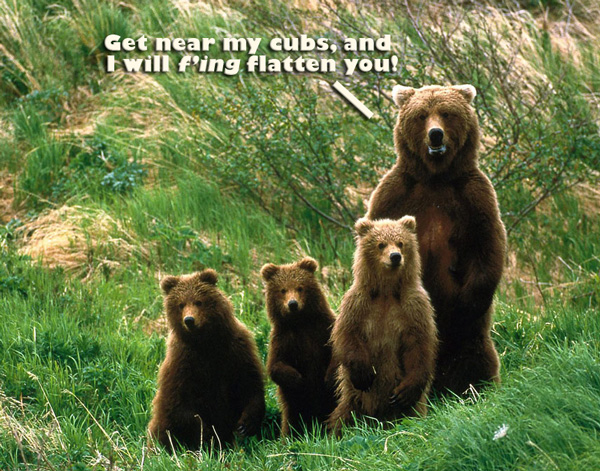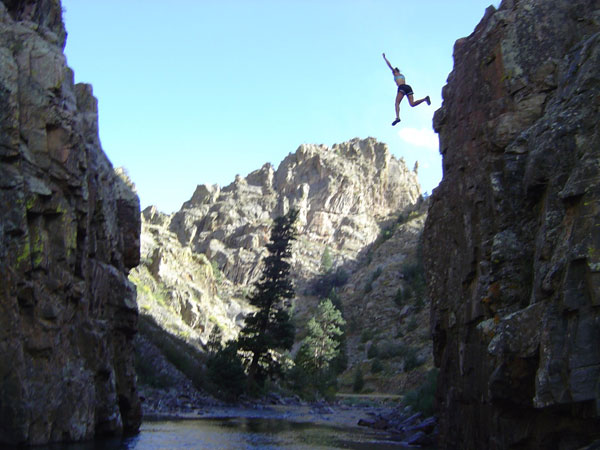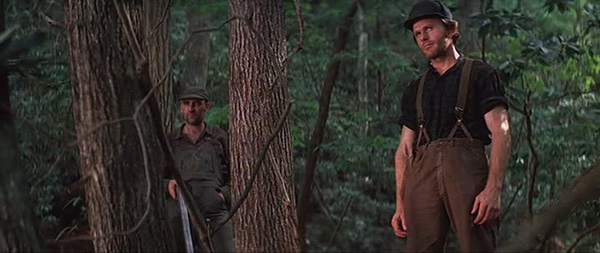You might be surprised to see me review a water shoe, this Current Glove from the good folks at Merrell. But, I am a worldly fellow who recognizes a need for footwear with a purpose other than running. I also wanted to try something. Let me explain:
In the not-too-distant past, before there were so many choices in the minimal shoe market, the barefooterati and minimalist running pioneers sought replacements for the traditional running shoes they abhorred. And, they found those replacements in everything from fashion sneakers to racing flats.

One of the most common running shoe alternatives among barefooters was the aqua sock. These were very inexpensive, offered excellent ground feel, and had a low differential between the heel and toe. (They may even be zero-drop. But, I'm not sure) Aqua socks were also ugly and ill-fitting, which is why I never tried them for running.
As with anything cheaply made and affordably priced, the universe demanded a higher quality, more expensive version. So, Nike introduced a fancier counterpart to the walmart aqua sock. And, it had laces! People went ga-ga in the barefoot running Internet forums. 'Course, that gooey excitement waned, which was to be expected.
Anyway, long story short, there are now many different styles of water shoes and aqua socks on the market. And, Merrell's Barefoot division had the good sense to incorporate a couple of water shoes into their line of footwear. The Current Glove is the laced option.
Despite the fact that the plethora of minimalist running shoes currently available negates the need to run in shoes designed for water sports, I couldn't resist that former sense of experimentation. So, I tried running in the Current Gloves anyway.
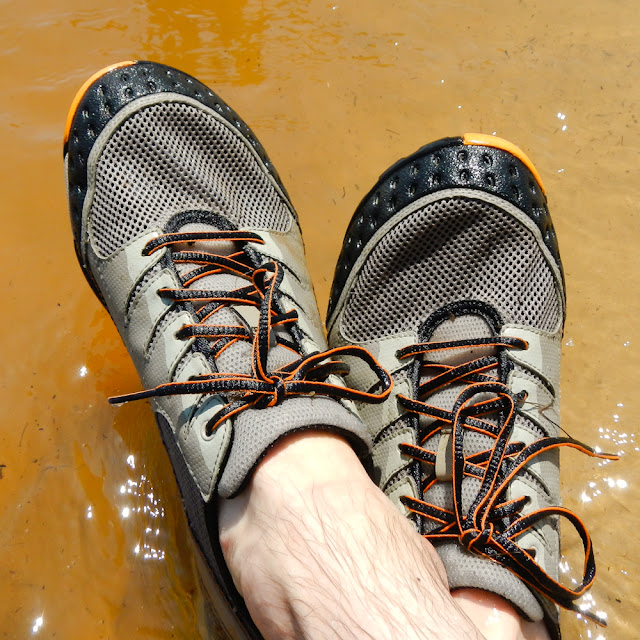
Running in the Current Glove
Clearly, Merrell didn't build the Current Glove to be a running shoe. It's extra width and substantial toe protection make it feel somewhat bulky in comparison to the minimalist running shoes you could be lacing onto your feet instead. Most of you wouldn't care to buy this water shoe for running. And, you are all sensible people.
But, you're curious, right? You're a runner. And, you want to know how anything you put on your feet is going to hinder or help your running. So, allow me speak to you, dear runner:
In short, the Current Glove is something you could wear for running. But, you don't need to wear it for running, because Merrell makes other shoes for running already; shoes that are better suited to moving swiftly. And, those running shoes will serve your running needs better than this water shoe 99% of the time.
(Again with different words) If you intend to run through a lot of water, the Current Glove would be a great choice, ideal even. But, for all those other runs in dry conditions, you'll want to use an actual running shoe.
Of course, if you have the luxury of keeping shoes for special running situations, like racing through downpours, then Merrell's Barefoot Water shoes will serve you well. You could have a downright enjoyable running experience in the Current Gloves under certain circumstances.
Let's Compare the Current Glove to the Road Glove
(for curiosity's sake)
Being that they're both part of Merrell's Barefoot collection, it's not surprising that the Current Glove and the Road Glove share similar features.
The Current Glove is similar in fit and comfort to the Road Glove. And, my size 12 Road Glove fits just as nicely as my size 12 Current Glove. It's important to note that the Current Glove is a bit wider across the midfoot area, which might entice a few of you, now that I think about it.
They're also both very comfortable to wear sans socks. The toe box is wide. The Vibram outsole is Vibramly-dense without sacrificing too much flexibility. And, they're exceptionally lightweight (6.7 oz for the Current Glove and 6.9 oz for the Road Glove*).
The midsole construction feels pretty much the same on both shoes. And, the Merrell specs describe both as having a 4 mm compression molded EVA midsole. Naturally, both shoes are zero-drop.
I mentioned earlier that the Current Glove is wider in the midfoot area when compared to the Road Glove. And, this is possibly due in part to the lacing design. Note how the lace holes follow a more pronounced curve along the top of the Road Glove to create a tighter fit. In contrast, the Current Glove's lace holes are arranged in a straight line.
The outsole design is where these shoes differ most dramatically. Sure, they're both flat from heel to toe while following the contours of the foot shape. However, the Road Glove's tread is clearly more grippy than the Current Glove's, making the former a better choice for gravel or similarly loose surfaces. But, if pavement covers your primary terrain, either shoe will keep you on your feet equally well.
See that fancy siping on the Current Glove's outsole? That's where water sports enthusiasts will really appreciate this seemingly smooth tread. Those little slits create extra grip on smooth, wet surfaces.
You may also see that the Road Glove's outsole seems to be somewhat wider than that of the Current Glove. I think you're right! You can feel this difference when wearing the shoes, too. I wouldn't say that this makes the Current Gloves less stable, though. It's just a peculiar difference.
Does What a Water Shoe Does — and More
Merrell doesn't make crap. And, they obviously know what a water shoe should do. So, of course the Current Glove fulfills its purpose in spades.
When I wore the shoes on wet surfaces, I didn't slip. When I wore them in the water for hours, they drained and dried more quickly than any of my running shoes would have. And, when I stepped on mysterious objects that I couldn't see through muddy water, the Current Gloves protected my feet.
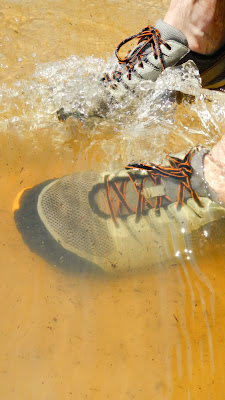
The Current Gloves taught me, too, that sand flowing through the mesh and drainage holes in the toe box can get caught under my feet. This requires an occasional shoe removal and shake ritual that will remind you of the time you wore your hiking sandals to the beach.
Aside from being a water shoe, the Current Gloves make better everyday shoes than the Road Gloves, at least in my opinion. Their extra width and somewhat more neutral color scheme gives me a better excuse to wear them to work and around town.
I've also enjoyed wearing the Current Gloves while working in the yard most weekends. The protective toe bumper and sturdy outsole instill confidence when working with a shovel. And, the excellent air flow through that lightweight mesh makes them great for summary outdoorsyness.
The Current Glove is also proving to be quite durable. After tons of everyday wear and two cycles through the washing machine in maybe two months, they still seem practically new! (The pictures above were taken before a trip through the washing machine)
So, if you're looking for a rugged water shoe that can function as an all-around shoe, too, then I would highly recommend the Merrell Current Glove. The combination of Barefoot sensibilities and Merrell quality make this a fantastic choice, especially now that it's Summer and all.
*Weights obtained from the Merrell site for the Current Glove and RunningWarehouse.com for the Road Glove. I assume that the US Men's Size 9 is represented by those weights.





